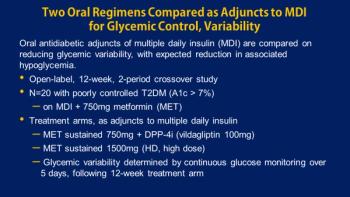
On August 8, 2016, Mitch Zeller, JD, blogged on the US Food and Drug Administration (FDA) website that beginning that day, federal law would protect the public-especially kids-from the dangers of all tobacco products, including electronic cigarettes (e-cigarettes), vapes, and more. The law, known as the Deeming Rule, would regulate the largely unregulated market that he referred to as having been the “wild, wild West.”

